Autism
What is Autism?
Key Statistics on Autism
According to the Centers for Disease Control and Prevention (CDC) in 2023:
Prevalence in Children: 1 in 36 children in the U.S. are diagnosed with autism, up from the previous rate of 1 in 44.
Prevalence in Adults: 1 in 45 adults in the U.S. are diagnosed with autism.
Gender Disparity: Autism is more prevalent in boys, with about 4 in 100 boys and 1 in 100 girls diagnosed with the condition. Boys are nearly four times more likely to be diagnosed than girls.
Racial and Ethnic Disparities: Autism prevalence varies among different racial and ethnic groups:
● White: 2.4%
● Black: 2.9%
● Hispanic: 3.2%
● Asian or Pacific Islander: 3.3%
These statistics reflect improvements in outreach, screening, and the de-stigmatization of autism diagnoses among minority communities. The CDC’s estimates are based on data from 8-year-old children across 11 monitoring sites in the Autism and Developmental Disabilities Monitoring (ADDM) Network in 2020.
Understanding
Symptoms
Social Interaction Difficulties: Challenges in communicating and interacting with others, such as difficulties in understanding nonverbal communication (eye contact, gestures, facial expressions) and forming relationships.
Repetitive Behaviors: Engaging in repetitive motor movements, speech, or activities, and a strong insistence on sameness in routines and environment.
Restricted Interests: Intense focus on specific interests and activities.
Sensory Sensitivities: Either heightened or diminished responses to sensory stimuli, such as aversions to loud noises or certain textures, or seeking sensory input through actions like sniffing or licking objects.
An Overview
Autism Spectrum Disorder (ASD) is a broad term that encompasses various conditions previously considered separate, including:
● Autism
● Asperger Syndrome
● Pervasive Developmental Disorder – Not Otherwise Specified (PDD-NOS)
You might be asking these
Questions
”What is High-Functioning Autism? High-functioning autism is not an official medical diagnosis but refers to individuals with milder symptoms of autism who can manage daily activities independently. This term often overlaps with what was previously known as Asperger syndrome.”
“Is ADHD Related to Autism? While Attention-Deficit/Hyperactivity Disorder (ADHD) shares some symptoms with autism, such as difficulties with social skills and attention, it is not part of the autism spectrum. However, having one condition increases the likelihood of having the other.”
“When Do Autism Symptoms Typically Appear? Signs of autism generally become evident between 1.5 and 3 years of age. Early identification and intervention are crucial for better outcomes.”
Recognizing the
Signs of Autism
If you observe any of the following signs in your child, consult a healthcare provider for an evaluation:
● Lack of response to their name or inconsistent responses.
● Absence of joyful expressions or social smiling by six months.
● No babbling or use of gestures by 12 months.
● No meaningful, two-word phrases by 24 months.
● Loss of speech, babbling, or social skills at any age.
● Repetitive behaviors, such as lining up toys or strict adherence to routines.
● Unusual sensory responses, like aversions to loud noises or specific textures.
Early detection and intervention can significantly improve the quality of life for individuals with autism and their families. If you have concerns about your child’s development, seek professional guidance promptly.
For more detailed information and resources, visit the CDC’s Autism Information Page.
Specializes in empowering individuals to naturally heal from Ulcerative Colitis & Crohn’s Disease and maintain long-term wellness.
With a personalized approach tailored to your unique needs, our program boasts a success rate exceeding 95%. Through a comprehensive regimen encompassing dietary adjustments, targeted supplements, lifestyle modifications, and mindset cultivation, you can reclaim control over your health.
What will you get if you work with a coach?
Private Coaching
Receive one-on-one guidance from experienced professionals.
Personalized Program
Tailored strategies addressing diet, supplements, lifestyle, and mindset.
Support Specialist
Access to dedicated support throughout your journey.
Live Training & Community Access
Engage in live sessions and connect with a supportive community sharing similar experiences.
Ready to embark on your journey towards wellness?
Schedule a free consultation today, and let’s pave the way to a life free from the shackles of Crohn’s and Colitis.


